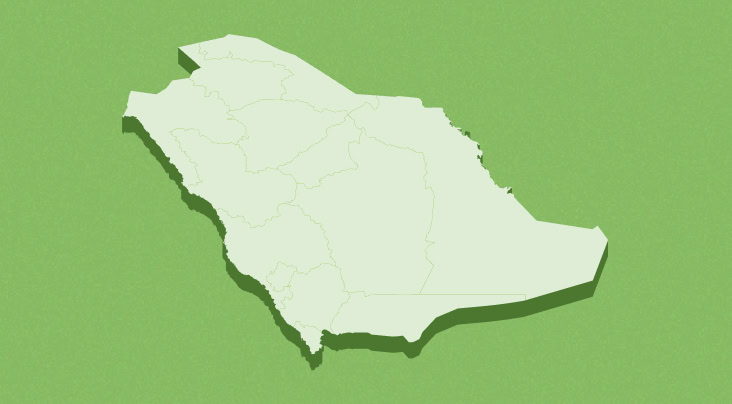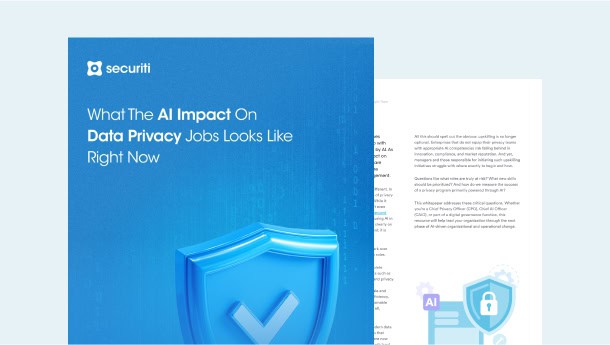The most important asset that companies have today is data. This precious asset drives business value by providing business insights and enabling innovation. As a result, the massive volumes of data spanning numerous cloud environments in a wide array of data systems, such as cloud analytical data warehouses, data lakes, and lake houses, is growing at a staggering rate.
However, distributed throughout this vast data landscape is sensitive and personal information that must be governed effectively to be in compliance with global regulations. For example, organizations that are required to be in compliance with regulations such as GDPR, CCPA, or LGPD need to ensure that certain users are not able to access personal information.
Furthermore, content in specific geographies should only be accessible by users in that region. These obligations require insights into what sensitive data exists within an organization's data landscape, who has access to that data, where that data resides, and which regulations apply to that data. More importantly, automation is needed to deal with the rapid growth in the scope and depth of the data environments as well as the nature of continually changing global regulations.
Understanding Personal and Sensitive Data Access
To comply with global regulations that limit who can access personal and sensitive information, first, companies must gain granular insight into what personal and sensitive data exists within their environment. Furthermore, an understanding of who is accessing what sensitive data, from where it is needed, as well as insight into the global regulation that applies.
Requirements around data access restrictions of sensitive data dictate that companies have a complete picture of who is accessing what data from where. Without this insight, it is impossible to effectively meet requirements and be in compliance.
To comply with global regulations, companies must know:
- What personal and sensitive data exists
- Where is the data located
- Where is the data subject located
- Who is accessing the data
- Where is the data being accessed from
- What regulation applies to the data
Automating Cross-Border Data Transfer Compliance
Global companies in industries such as financial, telecommunications, retail, travel and transportation, and many others have customers that span numerous geographic regions. They look to leverage analytics, on customer data, for initiatives such as client segmentation and target marketing and to create new products and offers.
The problem organizations face is that most global regulations today limit access to personal and sensitive data within a geographic region. There are limitations on what data can be accessed from other regions as well as the actual movement of data out of the region. With regulations differing from region to region, as well as how frequently regulations evolve, it is difficult for companies to ensure they are in compliance.
The growth and complexity of modern cloud environments make the task of assuring regulations are not violated even more difficult. Organizations have to understand where sensitive data is, who is accessing it and from where, as well as how the access to that data impacts the compliance of specific regulations, and do it all at scale.
To solve this complexity of regulatory compliance around cross-border data access and movement, organizations should look to implement policies that automate the compliance process. Companies should look to leverage a policy engine that has deep insight into the underlying sensitivity of the data, and automatically maps the global regulation that governs compliance in conjunction with data access intelligence. Any time a violation is detected, the policy engine should automatically send out alerts and recommend remediation steps. It is clear that in today's modern cloud environments, it is not a problem that can be solved by human scale. To meet compliance needs, processes must be automated.
Automation of the cross-border transfer compliance process should automatically:
- Have insight into what personal and sensitive data exists
- Know where the data is located
- Understand where the data is being accessed from or moved to
- Automatically map geographic regulation that applies to the data
- Understand if a regulation has been violated
- Alert if a violation occurs and recommend steps to rectify
How Can Securiti Help?
Securiti’s Data Access Intelligence and Governance solution provides a holistic solution to help organizations meet regulatory compliance goals by managing access to sensitive data. This includes:
- Establishing sensitive data intelligence across your data landscape
- Gaining granular insights into which users and roles have access to sensitive data
- Discovering the geographic location of data and the appropriate regulations that apply
- Dynamically masking sensitive data based on a wide range of criteria
- Enforcing policies to selectively restrict access to sensitive data
- Automating regulatory compliance policies around cross-border data transfers.
Securiti allows you to unleash the power of data by putting the appropriate surgical controls in place to ensure that the data is always being managed responsibly.
Request a demo today to see Securiti in action.










































